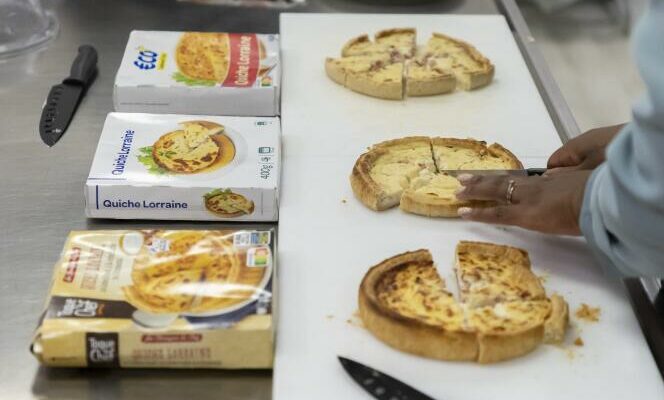“ All our negotiators are on deck. What is certain is that this year, they are not going skiing for Christmas! » This quip from a distributor says a lot about the atmosphere currently reigning in the negotiation boxes where consumer goods manufacturers and distributors are fiercely discussing the prices of branded products for the year 2024.
It is true that the timetable for the traditional tariff standoff has accelerated this year. Eager to see an ebb in the wave of rising food prices that has been sweeping over consumers for two years, peaking at 21.3% in October, the government adopted an anti-inflation law in November to set the record straight. hour. It brings forward the signing of agreements for large groups by one month, to January 31, and by six weeks for small and medium-sized enterprises (SMEs), which must have completed the discussions by January 15.
“ It has just started. But the shorter the deadline, the more complicated it is to negotiate”, estimates Jacques Creyssel, general delegate of the Federation of Commerce and Distribution. The price discussions therefore promise to be tense. A first meeting of the monitoring committee, bringing together all representatives of the food industry, was organized on Friday, December 8, under the aegis of the Minister of Agriculture, Marc Fesneau. The opportunity to take stock.
Almost all of the general conditions of sale have been sent by the manufacturers. The deadline was December 5. But “few agreements have yet been signed. They concern regional products and between 10% and 20% small or medium-sized businesses. But there aren’t many of them yet among the big brands.” underlines Mr. Creyssel.
Sales volumes
“We haven’t signed a contract yet. We are asking for a 5% price increase for 2024. In 2023, we have increased the price of butter from 10% to 15% but this is not enough to cover our costs”testifies Vincent Favier, director of the Etrez cooperative dairy, in Bresse Vallons (Ain), which produces butter, cream and emmental. “ Demands for increases from manufacturers are on average 4% to 5% And, on the distributor side, the proposals are systematically deflationary. The amplitude between the demands of each party is 8 points at the start of the negotiation”says Jean-Philippe André, president of the National Association of Food Industries.
Richard Panquiault, general director of the Consumer Business Liaison Institute, adds that his members, major suppliers, “are asking for average price increases of 5%, almost 10% of them arrive with lower prices, the others are divided into three thirds with respective increase ranges from 0% to 3%, from 3% to 5%, and beyond 5%”.
You have 60% of this article left to read. The rest is reserved for subscribers.
